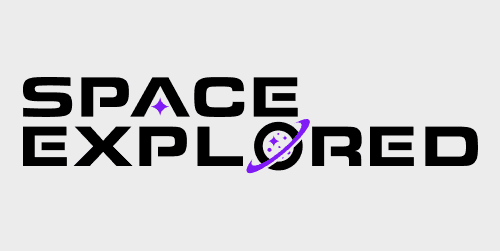
Numerous companies have filed applications to create satellite constellations in low Earth orbit. The filings come as the deadline for the FCC’s second processing round for the V-band comes tonight.
Table of contents
The V-band refers to frequencies between 40 and 75 gigahertz. The US Federal Communications Commission (FCC) controls how different radio frequencies can and cannot be used in the US market.
On August 4, 2021, the FCC released a public notice of a round of applications for non-Geostationary satellites hoping to make use of the V-band. As stated in the notice:
The Satellite Division initiates a new processing round for additional applications and petitions for declaratory ruling concerning operations in the 37.5-40.0 GHz, 40.0-42.0 GHz, 47.2-50.2 GHz, and 50.4-51.4 GHz frequency bands, collectively the “V-band,” by non-geostationary orbit fixed-satellite service (NGSO FSS) systems, pursuant to section 25.157 of the Commission’s rules. These frequency bands were the subject of a prior processing round public notice and filing deadline.
The FCC controls and standardizes the use of these frequencies to ensure that devices will not interfere with one another while allowing companies to make use of frequencies for new and innovative technologies.
The FCC established today as the cutoff for this processing round, so companies are certainly eager to file for rights to these frequencies, even if they don’t have the immediate means to start deployment of their constellations.
We invite additional applications and petitions for declaratory ruling for NGSO satellite operations in the 37.5-40.0 GHz, 40.0-42.0 GHz, 47.2-50.2 GHz and 50.4-51.4 GHz bands. Applications and petitions filed by November 4, 2021 will be considered together in this processing round. Requests filed after this date may not be entitled to shared use of this spectrum with equal status with respect to any grant of applications or petitions filed prior to the cut-off date for this new processing round.
Boeing satellite constellation approved
Some companies already have already had applications for use in these frequencies approved. On November 3, the FCC approved Boeings application for a non-geostationary 147 satellite constellation that combines satellites operating at ~1,000km with fewer operating between ~27,000km and ~44,000km. These satellites will be operating within this V-band. For comparison, SpaceX’s existing Starlink constellation operates in the Ku-band and Ka-band, which are from 12Ghz to 40GHz, in addition to the V-band.
While the FCC approved most of Boeing’s application, Ka-band based interconnects between the satellites were denied in order to avoid interference with other constellations (i.e. Starlink).
New satellite constellation applications
There is still time for more companies to send in applications for the band, but so far, Astra, Hughes Net, Inmarsat, and Telesat all filed for satellite constellations making use of the band today. These are in addition to existing applications the FCC referenced in the public notice, including applications from AST&Science, Mangata, and Viasat.
Any application submitted before the deadline (tonight) is considered equally, while any filed after the deadline may not be considered on equal footing. The existing applications for the spectrum were filed after the previous processing round for the V-band closed.
New Applications
Astra
Up-and-coming US launch provider Astra filed an application for up to 13,620 satellites in low Earth orbit using the frequencies. The company would start with one plane of 40 satellites at 700 km and expand into multiple planes in future phases at altitudes as low as 380 km.
Hughes Net
The US satellite internet provider Hughes Network Systems (Hughes Net), known for its slow speeds and poor customer satisfaction, filed an application for 1,440 satellites in low Earth orbit, at 1,150km, making use of the bands.
Inmarsat
British satellite telecommunications provider Inmarsat has requested US market access in the V-band with its upcoming Orchestra non-geostationary satellite constellation of 198 satellites.
Telesat
Canadian satellite communication company Telesat applied to create an additional constellation to augment its currently planned “Telecast’s Lightspeed System” bringing the totally number of satellites in the planned augmented constellation up to 1,671.
Existing Applications
AST&Science
AST&Science’s application is for a 243 satellite constellation that would operate in the US and support mobile satellite service. The service would use frequencies 37.5GHz-42.5GHz for space-to-Earth communication and frequencies between 45.5 and 51.4GHz (with some exceptions) for Earth-to-space communication.
Mangata
Magnata’s application is for a planned constellation of 791 satellites would be for both fixed and mobile satellite services. The service would use 37.5GHz-42.5GHz for space-to-Earth communication and 47.2GHz-50.2GHz and 50.4GHz-51.4Ghz for Earth-to-space communcation.
Viasat
Viasat, rather than filing a completely new application, requested a modification to its existing authorization for a non-geostationary 20 satellite constellation to include additional frequencies.
Featured image by the European Space Agency: Artists interpretation based on actual debris data.
FTC: We use income earning auto affiliate links. More.




Comments